Oak Hammock Trail is located in Merritt Island National Wildlife Refuge.
Parking is just over a mile east of the refuge at the Visitor Center for Oak Hammock Trail and is shared with the Palm Hammock Trail. Both start at the same trailhead; they immediately split in different directions and are no longer connected. Starting to the right of the kiosk, the Oak Hammock Trail takes the path of a figure 8 that winds through seasonally flooded forests.
Much of the trail does have boardwalks; however, it should be noted that it is not wheelchair accessible because of the need to cross the railroad track to the boardwalk and the sandy/native surfaces beforehand.
Start your walk beneath the tall oaks and be surrounded by a dense crowd of sword ferns along the trail. Enjoy a shaded saunter in this distinctly Florida coastal/hydric hammock. Native plants include wild coffee, laurel and live oaks, cabbage palm, and Simpson’s stopper. Make sure to look up in the canopy for many air plants and orchids.
As you are walking around the Oak Hammock Trail, you find yourself surrounded by a marsh. Unless it is winter, the dry season, you will probably find more mud than water. If you are sensitive to mosquitoes, you should bring bug spray.
A cool thing about this saunter is the potential for wild oranges! Yes, you can eat them if you dare. But beware, these are not your modern sweet grocery store oranges. These are wild oranges, remnants from Old Spanish travelers and early homesteaders. This site was from a Daneburg family homestead between 1947 and 1964, where they grew gladiolas and oranges until the Space Center came along and the government obtained the property. Before the Daneburgs, Captain Douglas Dummitt established the first citrus grove in America just a little north of here in 1807.
In the early 1800s, Douglas Dummitt pioneered grafting sour orange trees (the original Florida orange) to sweet orange trees. Leading to the oranges we now eat, with a bit of help from a series of back-to-back freezes, these on the Oak Hammock Trail must be the sour orange trees.
HOURS: Open dawn to dusk. Expect mosquitoes: use bug spray.
Address: 4050 N. Dixie Hwy., Pompano Beach, FL 33064
28.644268, -80.716569
Length: 0.7-mile loop
Amenities:
Information Kiosk
Interpretive Signage
Nature Trail, sand, and boardwalk
Picnic Area
Seating Area
Restroom: None here, but the Visitor Center is nearby
Phone: 321-861-0669
Like this:
Like Loading...

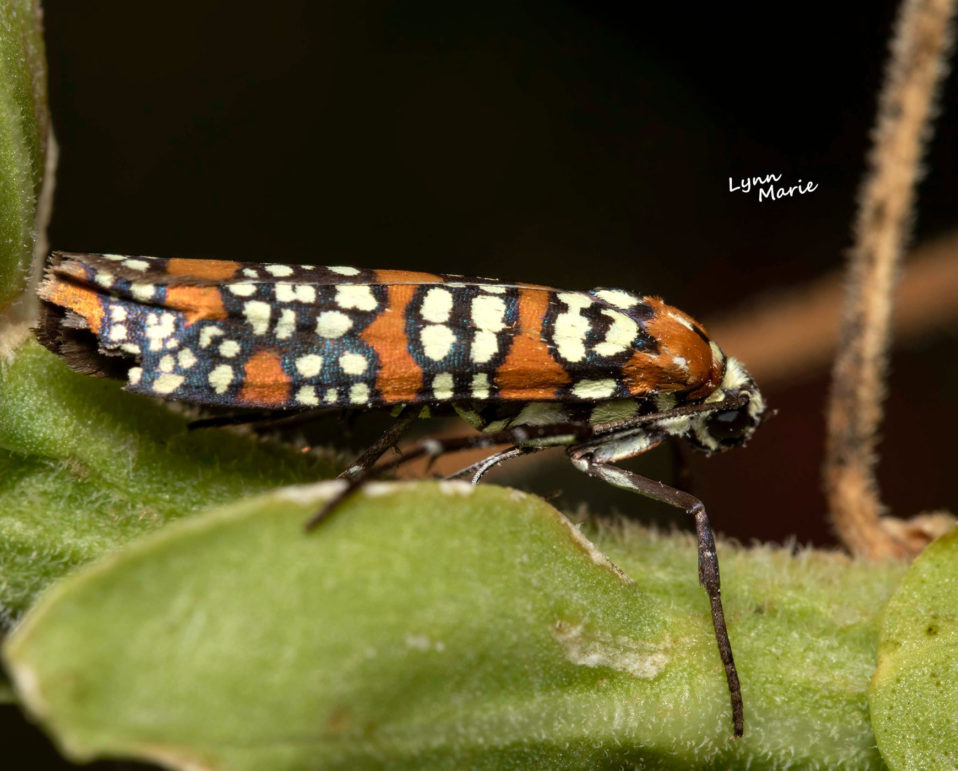
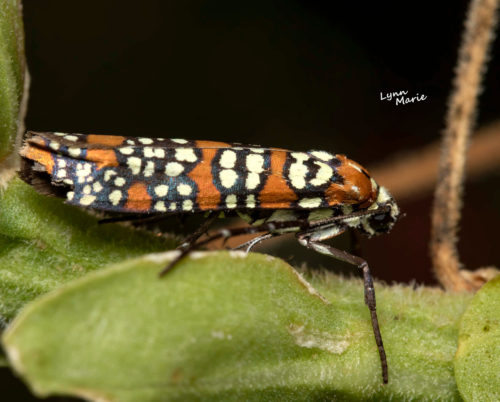
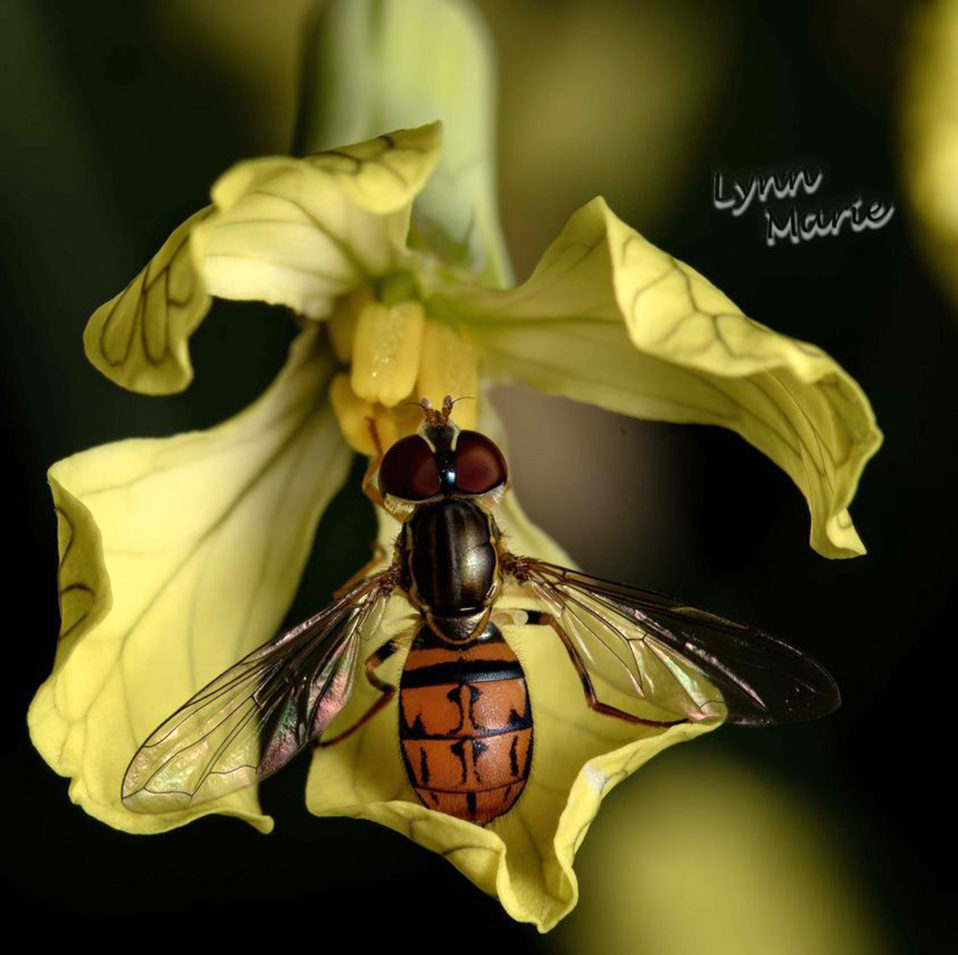
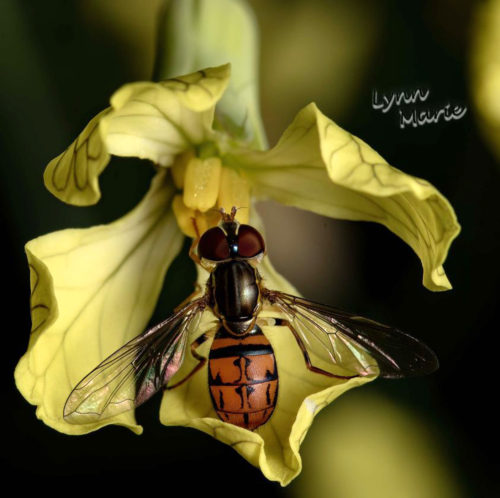
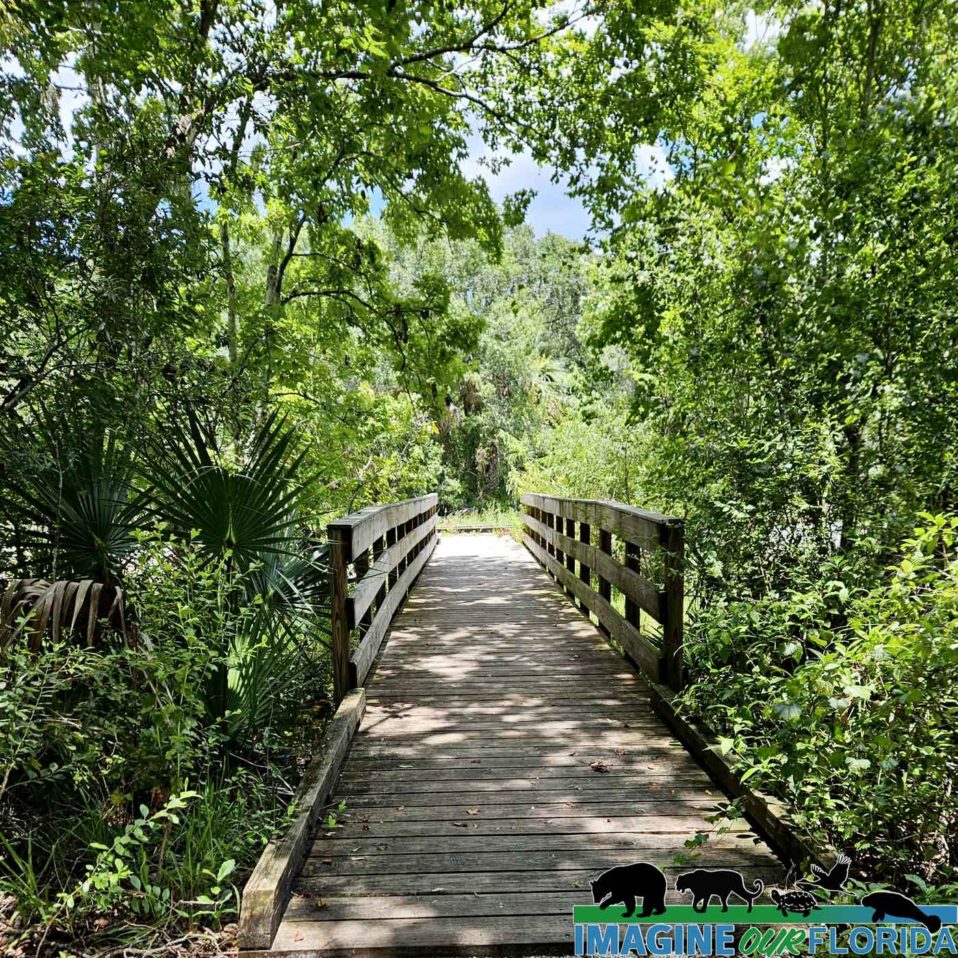
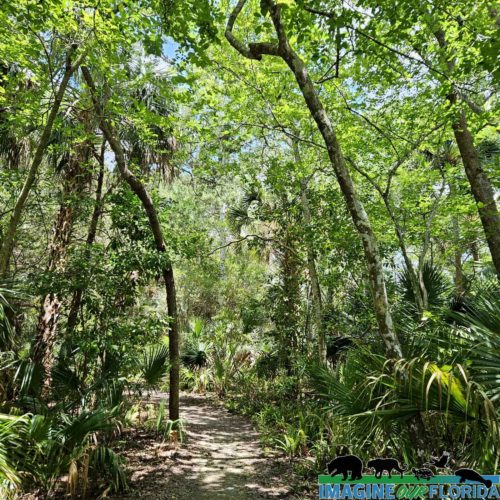
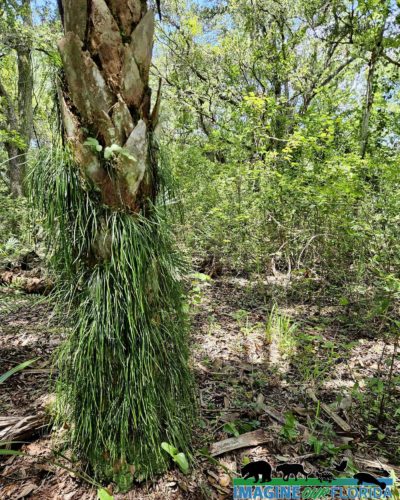
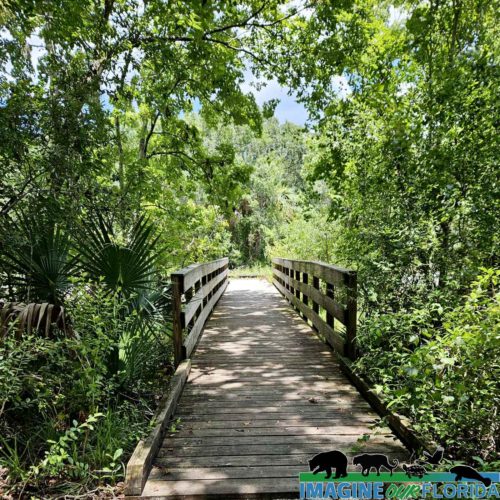
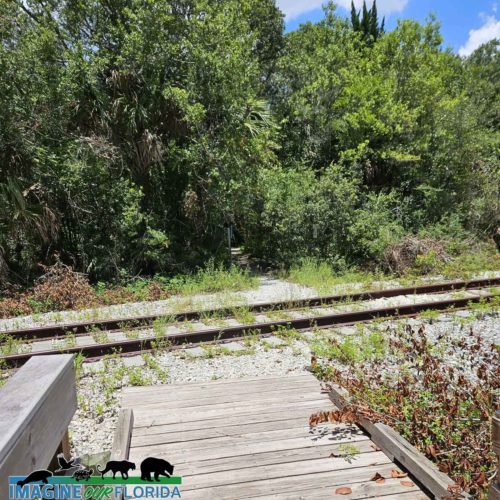
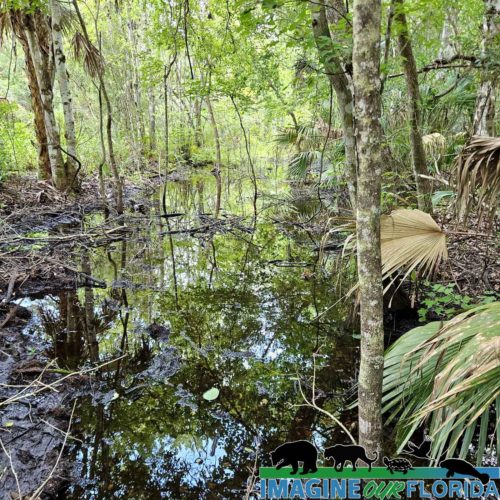
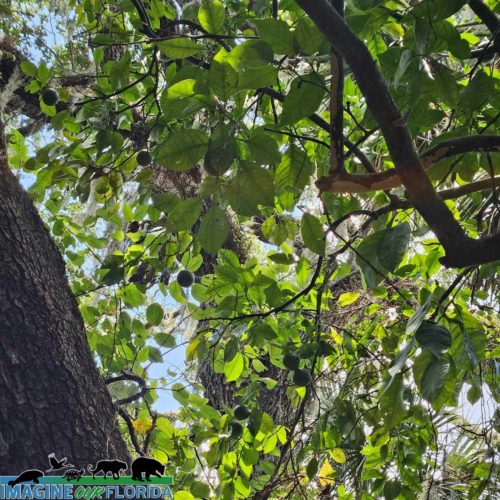
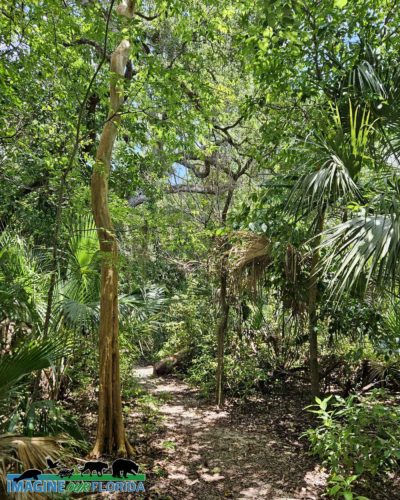
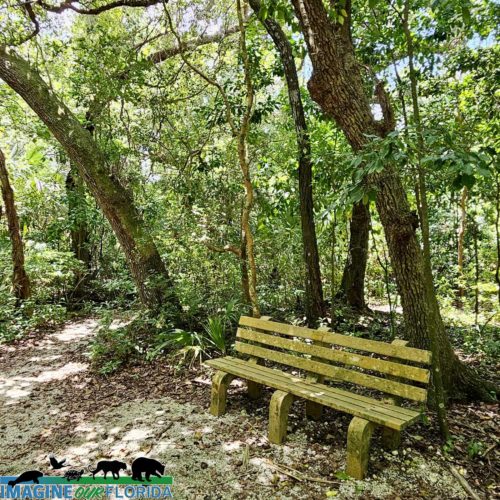
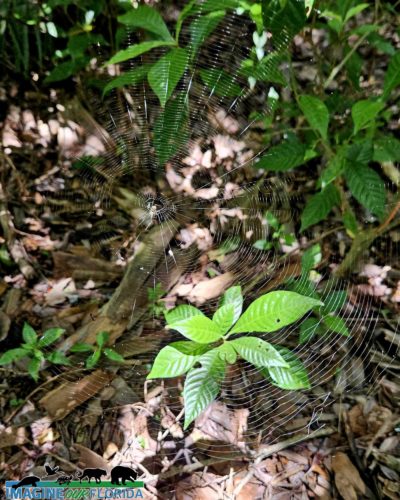
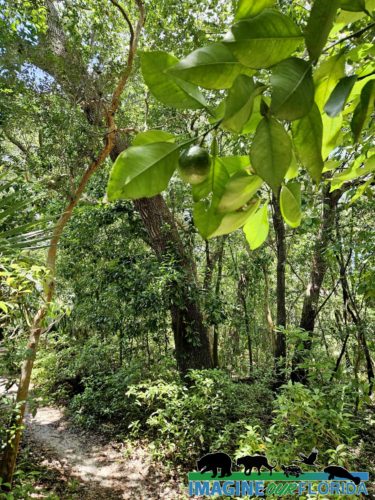
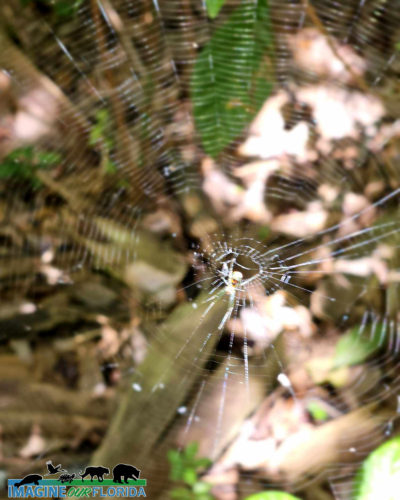
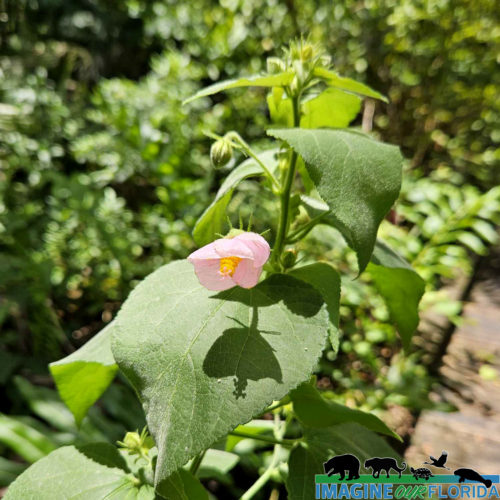
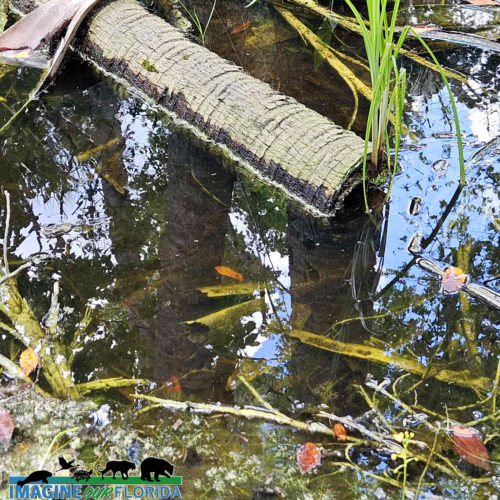
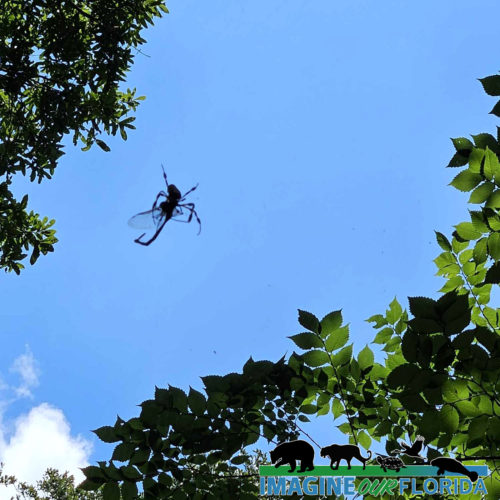
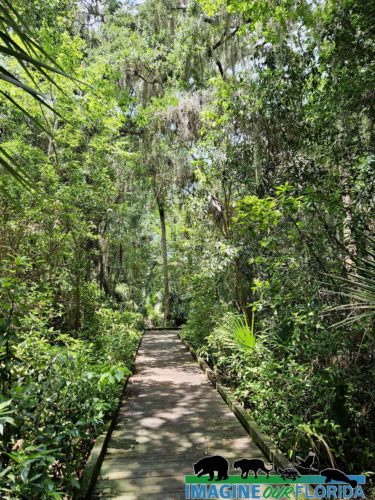
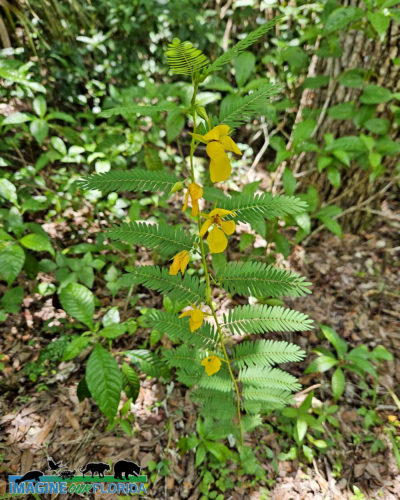
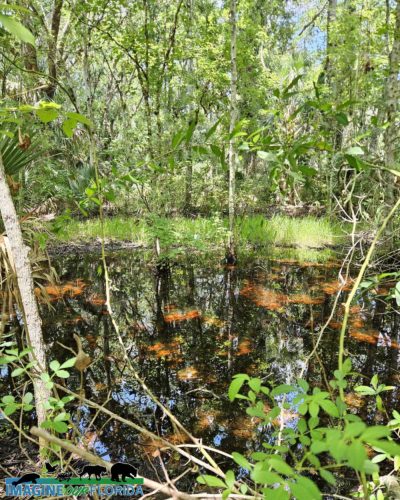
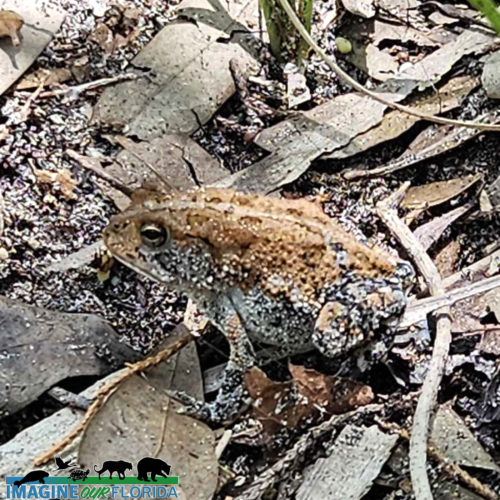
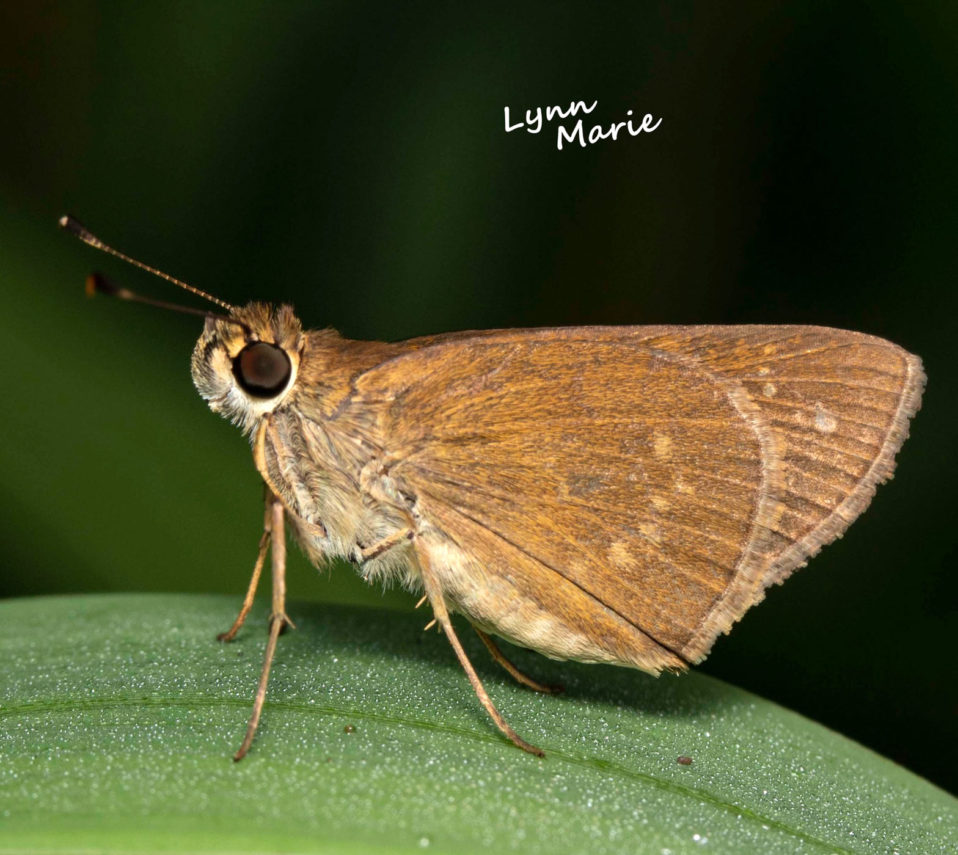
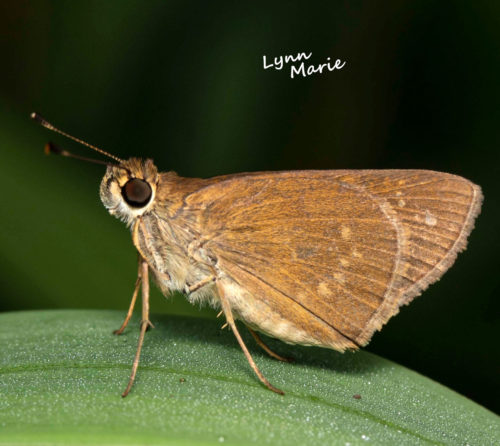
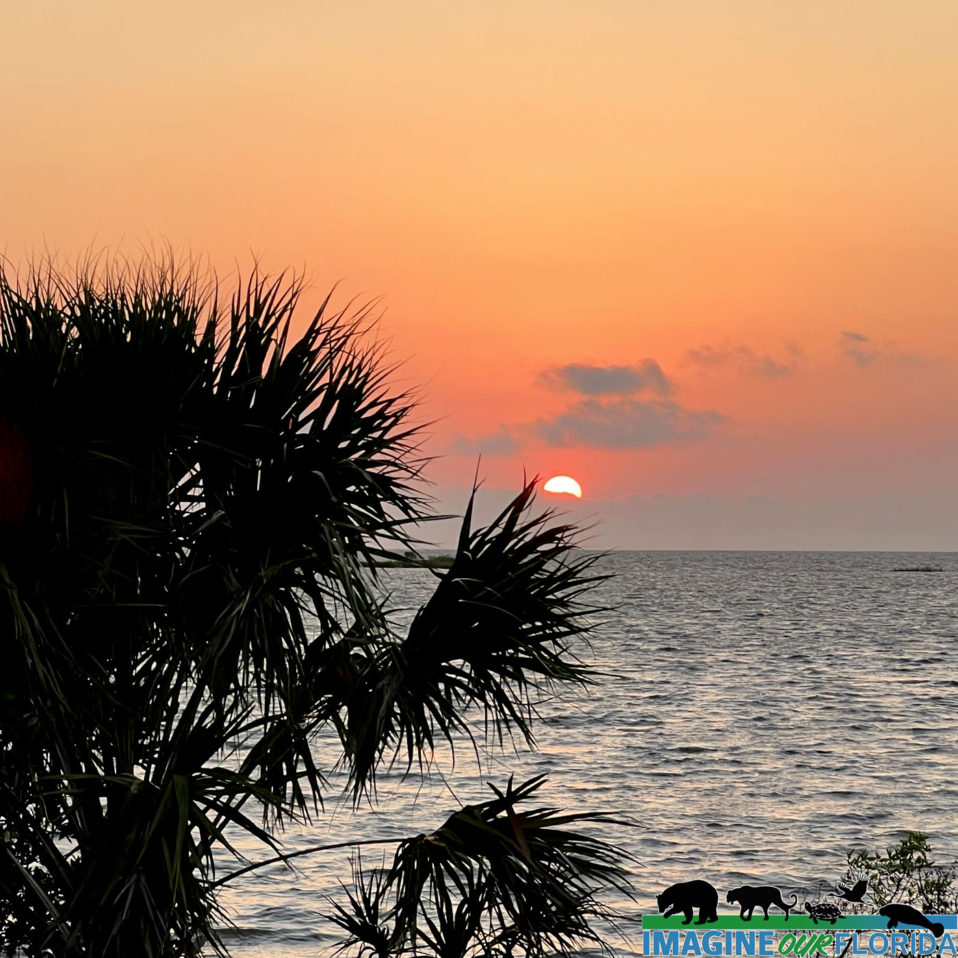
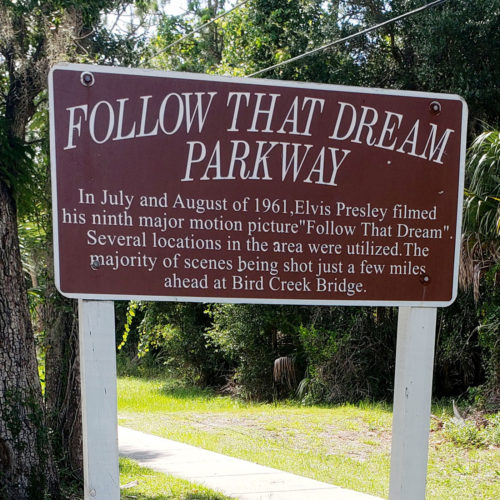
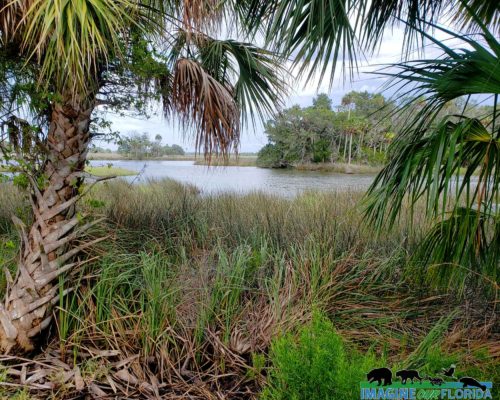
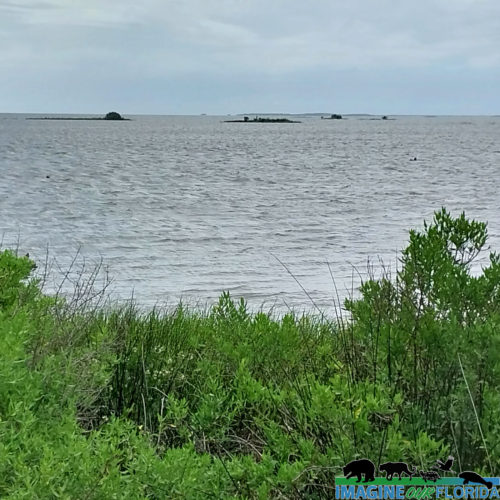
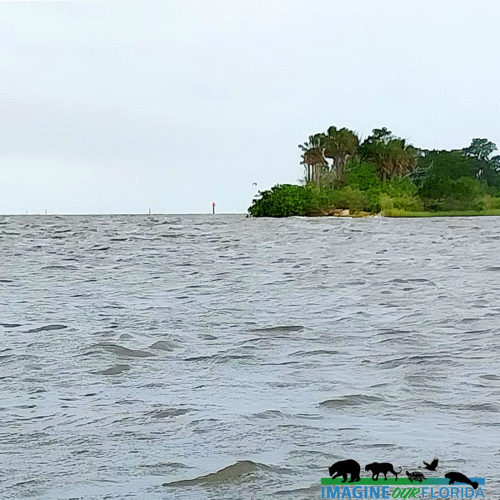

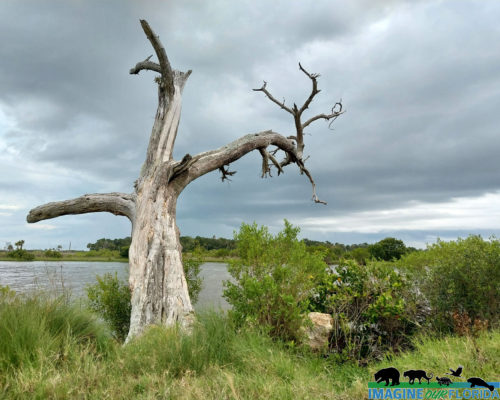
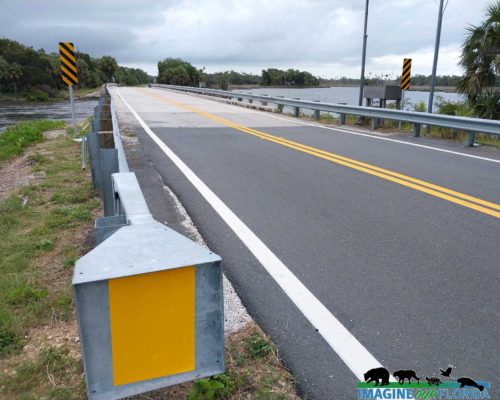
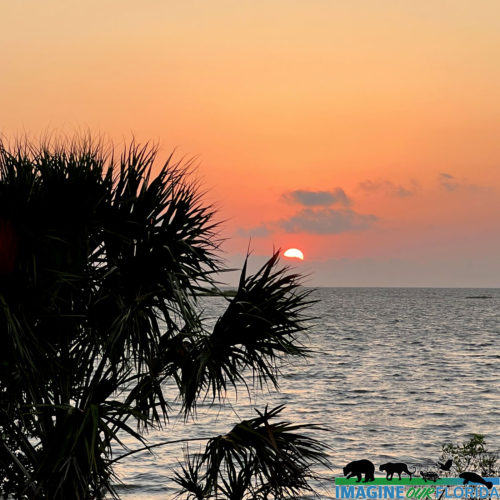
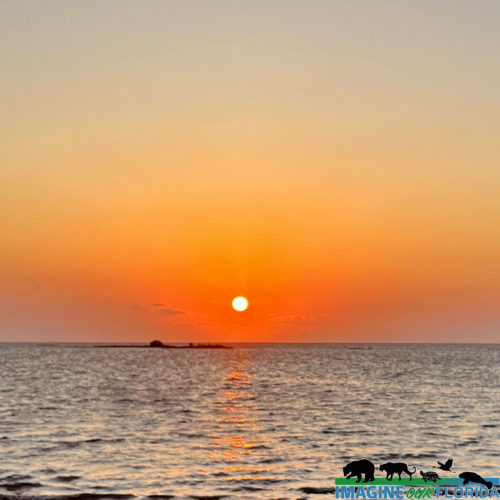
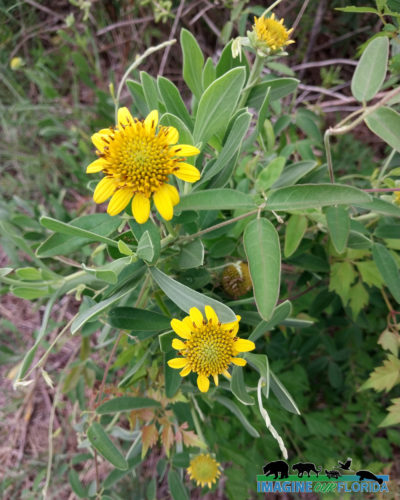
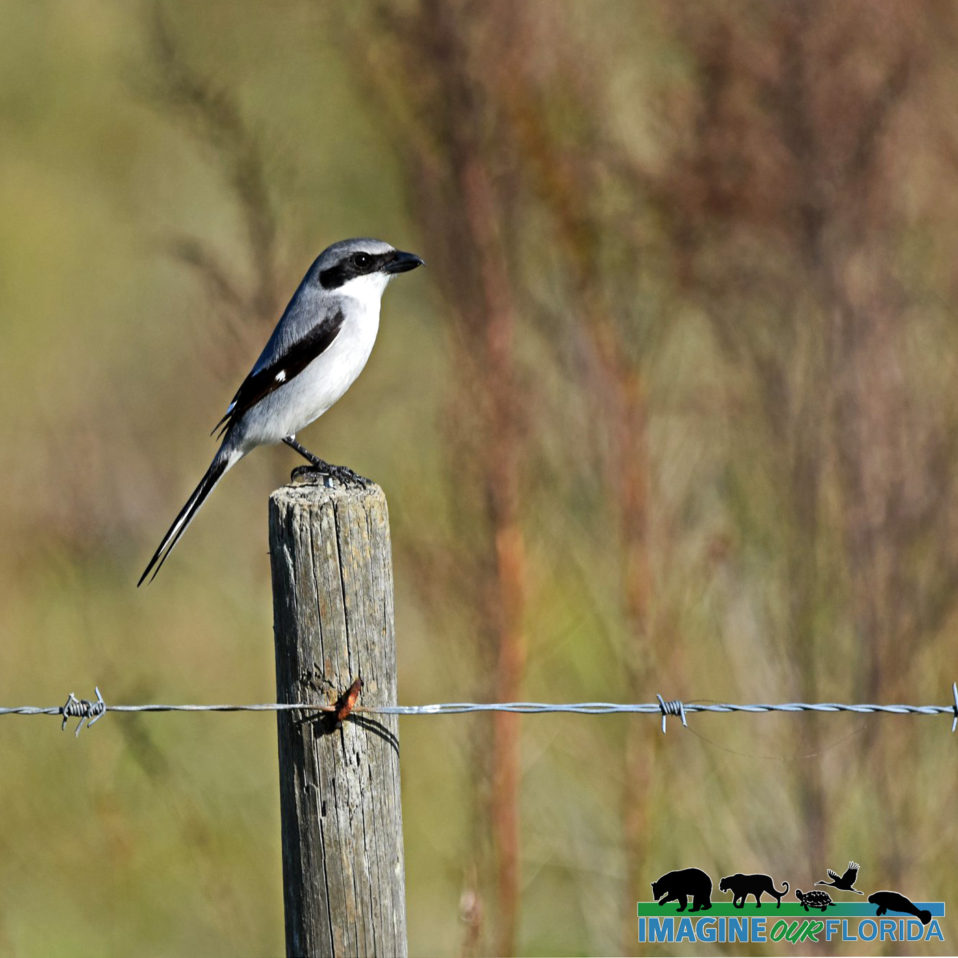
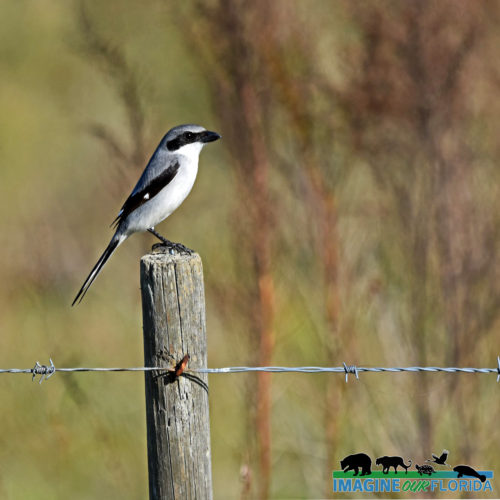
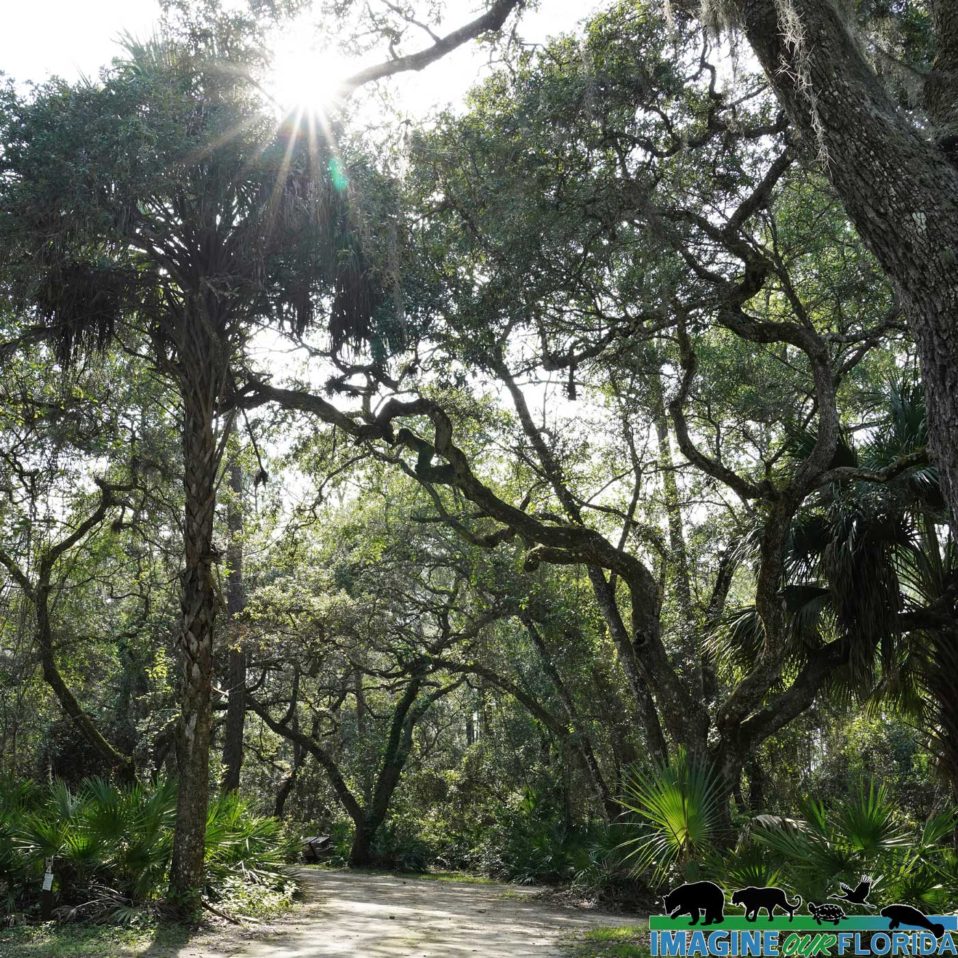
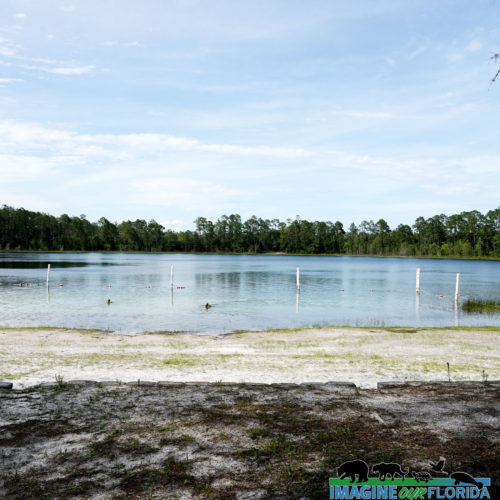
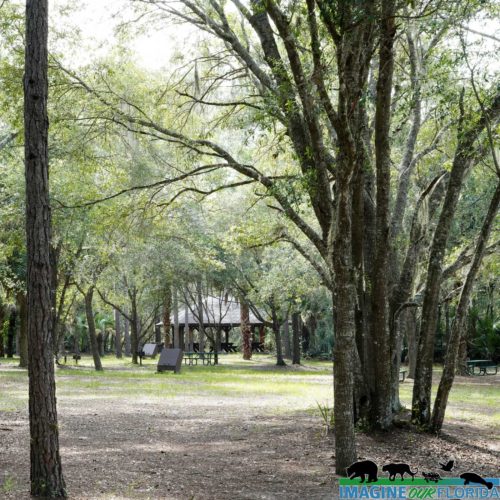
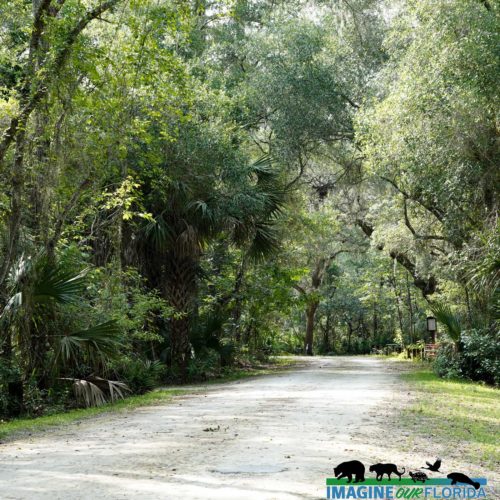
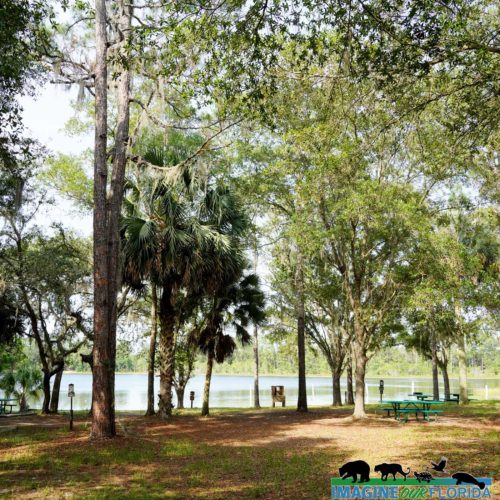
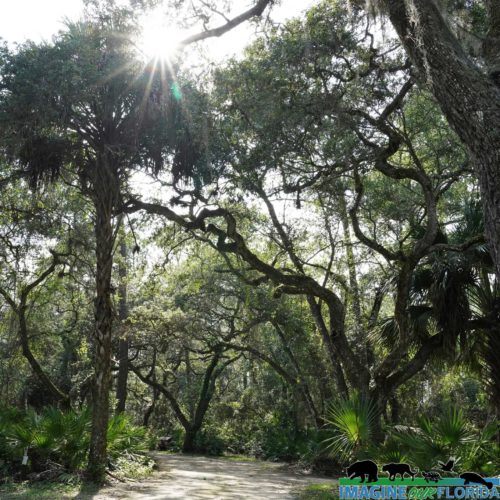
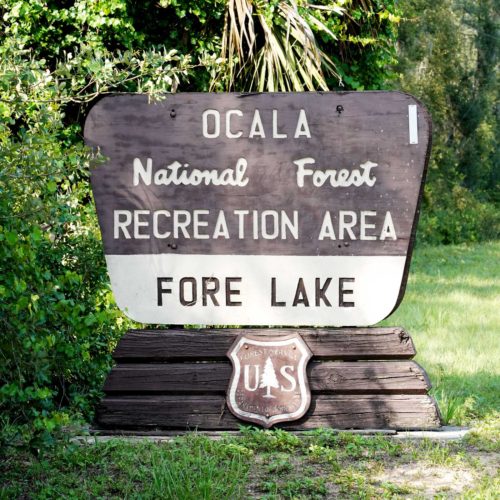
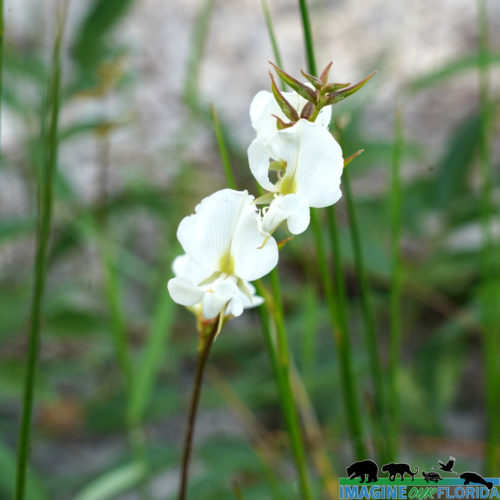
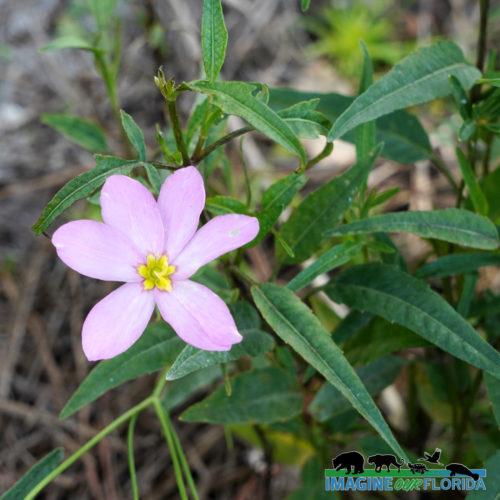
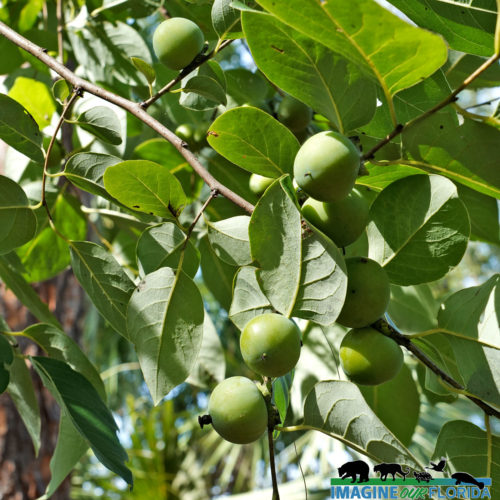
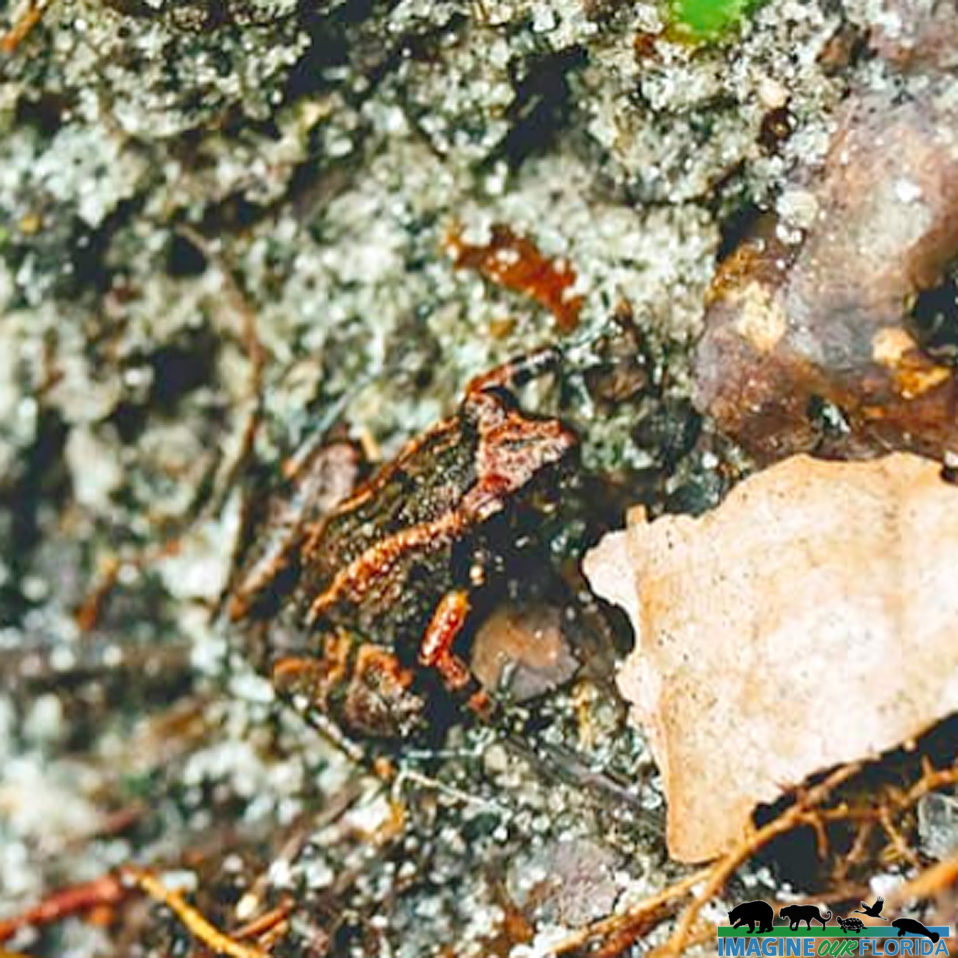
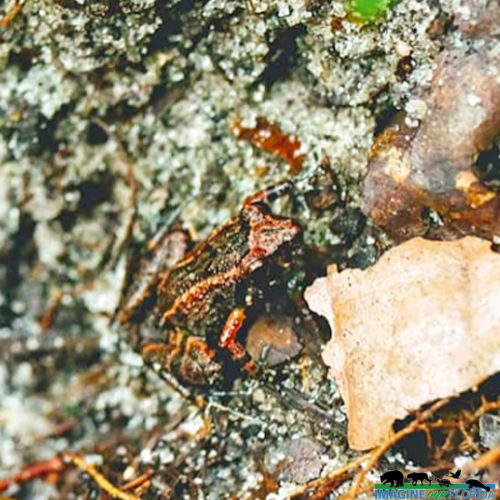
Recent Comments